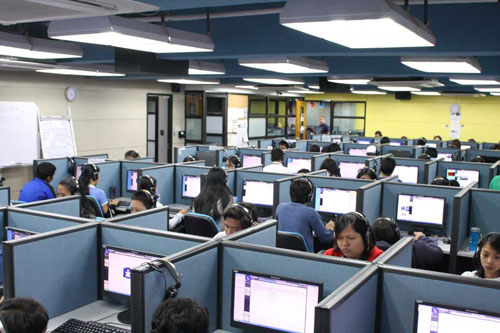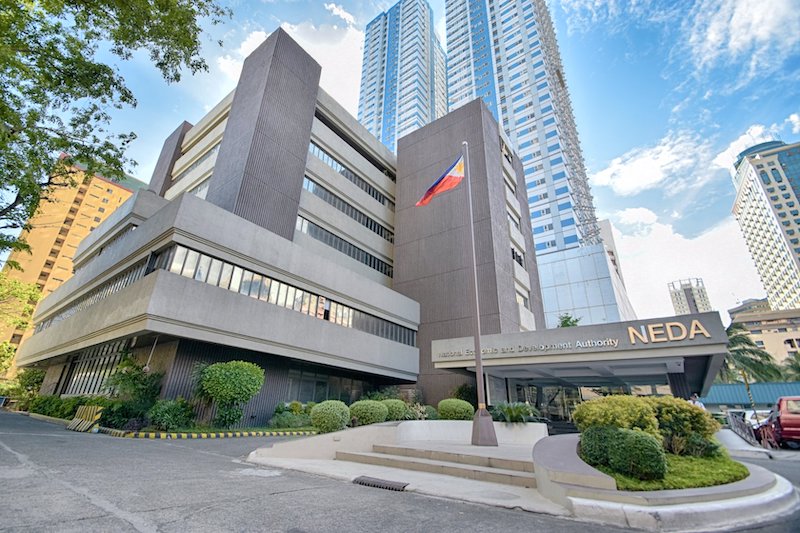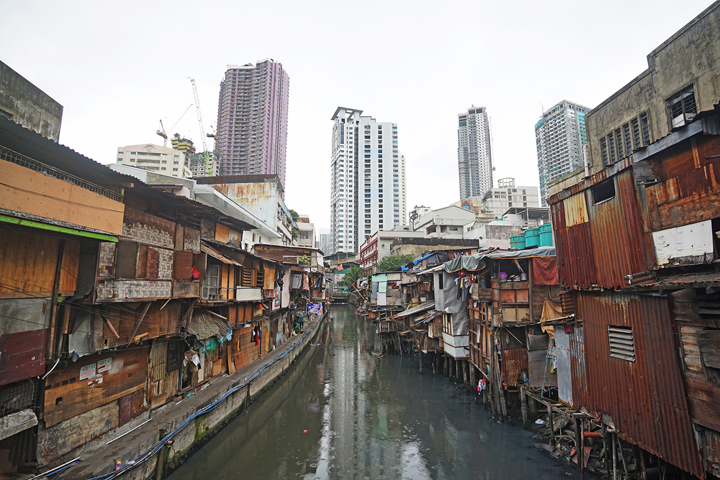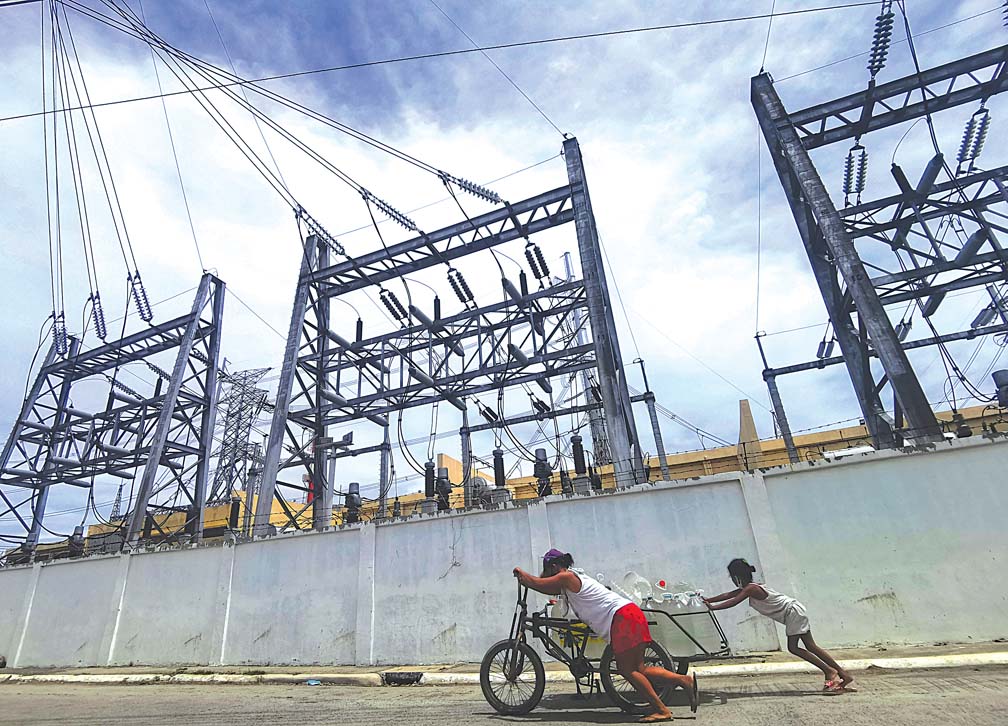THE Department of Tourism (DOT) is eyeing the privatization of the Duty Free Philippines Corp. (DFPC) despite the latter’s profits being a source of funds for government’s tourism promotion programs.
In an interview with the BusinessMirror, Tourism Secretary Bernadette Romulo Puyat said she has secured the Department of Finance’s backing in the plans to let go of DFPC. “We’re studying the possibility of privatizing Duty Free. I’ve spoken with Finance Secretary [Carlos G.] Dominguez, and he told me to go ahead [and privatize it].”
Although initially set up as a private corporation under the Marcos administration in 1977, Duty Free Philippines came under government control in 1986, and was overseen by the Philippine Tourism Authority, a unit of the DOT. It was reorganized into a government-owned and -controlled corporation when Republic Act 9353, or the Tourism Act of 2009, was signed into law.
As such, another law may also be needed to amend RA 9353 to allow DFPC’s privatization.
DFPC’s board of directors is chaired by the DOT secretary, although some of its board members come from private tourism enterprises.
Under the law, 75 percent of the 50 percent net income of the DFPC is remitted to the Tourism Promotions Fund that can be tapped by the Tourism Promotions Board for its marketing and promotions. The TPB is the marketing arm of the DFPC.
Duty Free stores in most countries, except for those in the Middle East, are mostly operated by private companies, such as the DFS Group, World Duty Free, Dufry, Duty Free Americas, Lotte Duty Free, etc. According to RnR Market Research, “global Duty Free sales are forecast to reach $73.6 billion by 2019, growing at a CAGR [compounded annual growth rate] of 8.6 percent. Personal care and drinks will continue to be the categories with highest expenditure in the Duty Free market. The Asia-Pacific region will fuel growth in the global market with sales reaching to $37.6 billion in 2019. Growing low-cost tourism, the expansion of space and the number of Duty Free stores in various airports, and wider brand availability will enhance channel sales.”
In the meantime, the number of concessionaires at the DFPC retail stores will be expanded, said Romulo Puyat. “There’s no law that prevents us from increasing the number of concessionaires at Duty Free,” she stressed. At present, DFPC concessionaires include the Regent Travel Retail Group/Landmark Management Services (fashion and beauty brands), Eastern Duty Free (confectionery and food), and Colombo Management Hong Kong (wines and spirits).
She also noted the income of DFPC increased last year, attributing this partially to higher sales from Filipino consumer goods. “They [DFPC] also saw that Philippine-made goods are selling well, such that they will increase the spaces and offerings for these products,” she said. Last year, the DOT chief gave instructions for more Filipino products to be sold at the DFPC. “Tourists don’t go to Duty Free to buy imported items. They usually buy items produced in the destination they visit,” she said.
Still, some 30 percent of DFPC sales are accounted for by Filipinos returning from business trips and holidays abroad, balikbayans and overseas Filipino workers. In contrast, foreign tourists usually buy majority of the products sold in Duty Free stores abroad. The government firm is targeting sales to reach $220 million this year, just 1.4 percent higher from its sales last year.
DFPC earned a profit of P325.63 million in 2018, based on its unaudited financial statement posted on its web site. This was up 80 percent from the P179.72 million (audited) earned at the end of the 2017.
The increase in profit was due to higher service business income at P11.49 billion versus the P11 billion in 2017. Financial expenses were also trimmed to P265,406 last year from P1.09 million in 2017.
DFPC is hoping the opening of its Luxe retail store at the Mall of Asia area in Pasay City will boost its sales. The store primarily targets Chinese tourists, the second top market for the Philippines. In the first half of the year, tourists from China grew by 34.12 percent to 866,561, accounting for 21 percent of total 4.1 million arrivals for the period.
Also, one of the ways the firm is looking to reduce its expenses is by streamlining its staff. (See, “Duty Free Philippines seeks higher profits by trimming staff,” in the BusinessMirror, April 6, 2019.) In 2018, its personnel expenses amounted to P526 million.
























